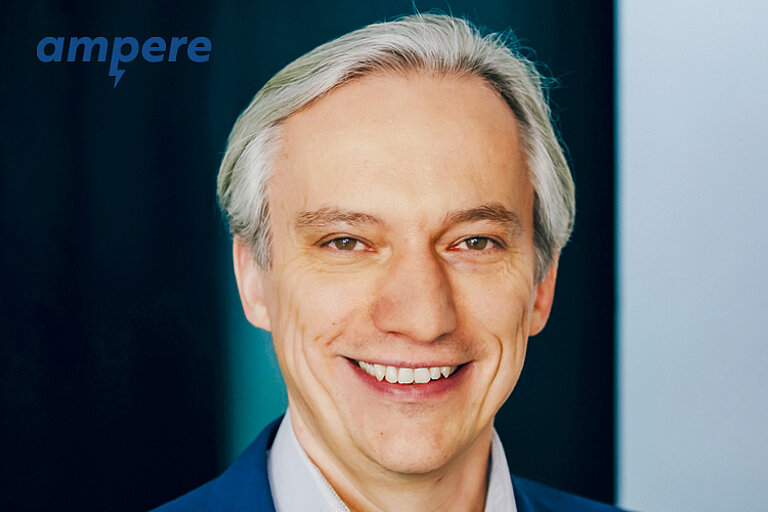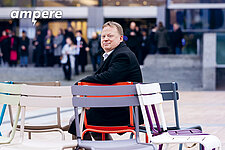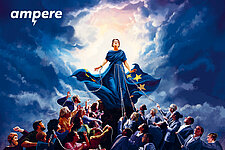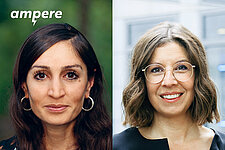One possible reason for this is that the Norwegian fjords simply cannot be used as buffer storage at will, because the growing local demand for electricity sets limits. ‘The idea of “Europe's battery” is slowly reaching its limits,’ says Marcus Franken, head of the German branch of the Norwegian consulting company Thema. This is because the close connection of the grids means that German electricity price peaks are increasingly impacting on Norwegian tariffs. This has led to resentment among the population and forced the government to introduce an electricity price cap. All of this is leading to a rethink in the supposed electricity paradise. ‘People are increasingly asking themselves the question ’How can we be climate-neutral in the future?' says Franken. They no longer want to rely solely on hydropower, but also promote alternatives such as wind power and improve energy efficiency, for example in the building sector.
The country is also already working on the next export hit after hydropower: hydrogen. It is currently still being produced from natural gas in the resource-rich country, but in future it is to be produced using renewable energy (‘green hydrogen’). ‘Norway is keeping a close eye on what German politicians are planning in terms of hydrogen,’ says Franken. In January last year, Federal Economics Minister Robert Habeck travelled to Oslo to announce an energy partnership with Norway: a pipeline is to connect the two countries in 2030 and first supply ‘blue’ hydrogen from natural gas and then green hydrogen from renewable energies. This would make the energy partnership with Norway even closer.




![[Translate to Englisch:] [Translate to Englisch:]](/fileadmin/_processed_/e/d/csm_ampere_1_2024_Chefsache_Web_750x500_01_bfa9bd6792.jpg)
![[Translate to Englisch:] [Translate to Englisch:]](/fileadmin/_processed_/5/7/csm_ampere_1_2024_Zwiegespraech_Web_750x500_Teaser_47fd1761f1.jpg)
